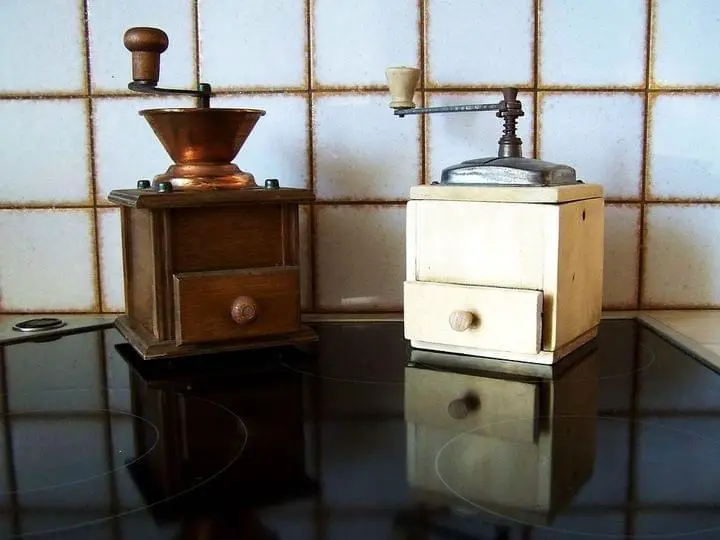Exploring the Past: Identifying 18 Old Items
Introduction
Have you ever stumbled upon an old object and wondered what it was used for? It’s fascinating how antiques remind us of how much things have changed over the years. Some everyday items from the past are now completely irrelevant, while others have evolved dramatically. Let’s take a trip down memory lane and test your knowledge of these 18 old items. Don’t worry, they aren’t too tricky! See how many you can correctly identify and share your score in the comments below.
Item 1: Necessity for Early Mornings
Coffee Grinder
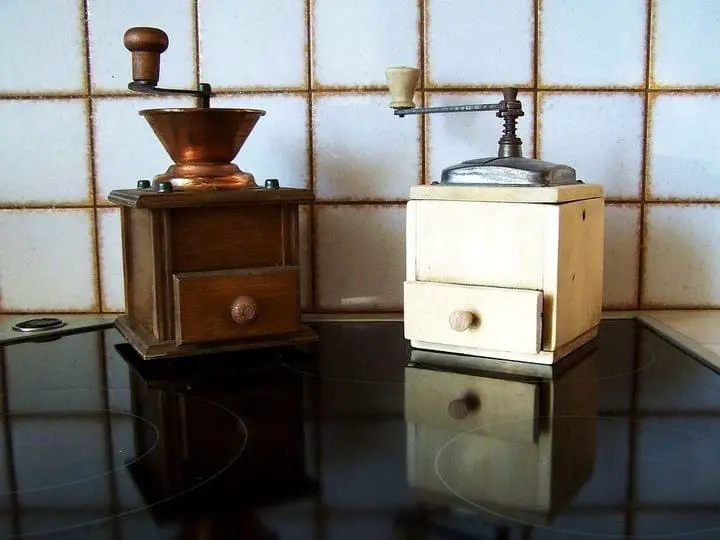
Let’s start with an easier one. Can you guess what this item was used for? If you guessed a coffee grinder, then you are absolutely right! Back in the day, coffee beans were sold whole, and you had to hand crank them before brewing your morning cup of joe. Imagine the effort required before even having your first sip of coffee!
Item 2: A Challenging Household Chore
Baby Daisy Vacuum Cleaner
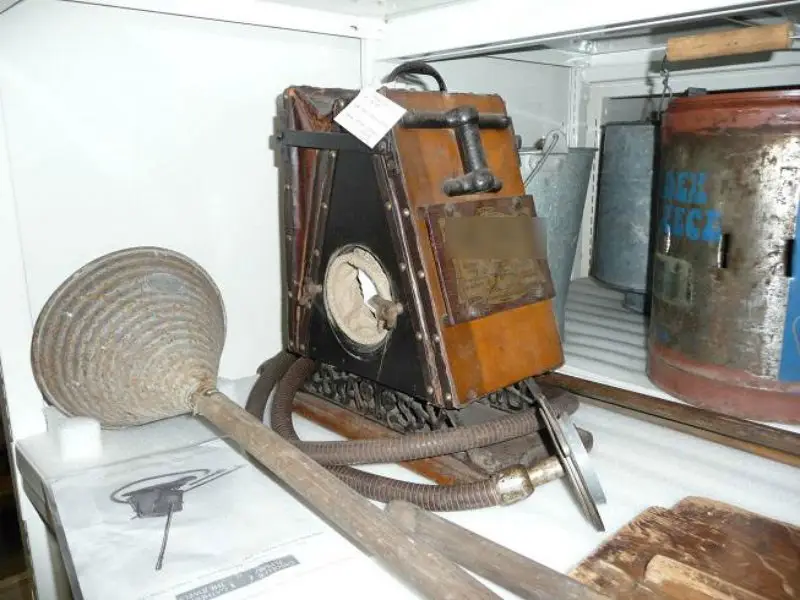
This next item is still used today, but it has definitely changed over time. Can you guess what it is? If you said a vacuum cleaner, you are correct! The vacuum model pictured here is called the Baby Daisy. It was designed in France and dates back to 1910. The Baby Daisy was a manually-powered vacuum that required two people to operate it. One person would stand on the base of the vacuum, moving it back and forth using a broomstick in the holder, while the second person would do the actual vacuuming with the hose. It’s a good thing vacuum cleaners have come a long way!
Item 3: Back to the Kitchen
Toaster
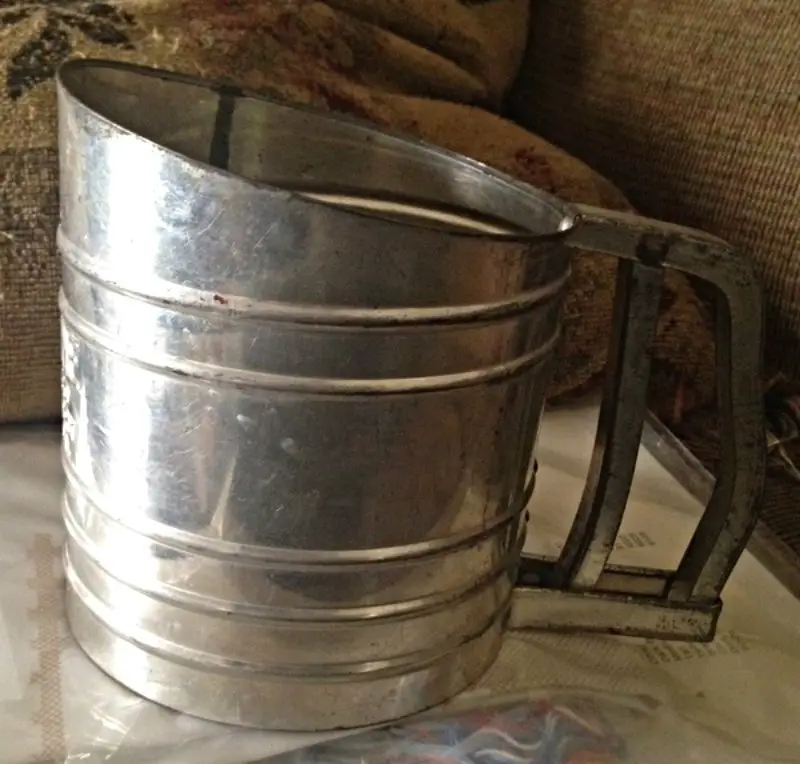
Let’s head back to the kitchen for the next item. Take a good look at the photo below. Any guesses? If you guessed a toaster, you are right! Toasters as we know them today began to appear when Albert Marsh developed a safe heating element in the early 20th century. Before that, people used to toast their bread over a fire! And here’s a hint, this item goes well with the coffee grinder from item one.
Item 4: Essential Kitchen Tool
Flour Sifter
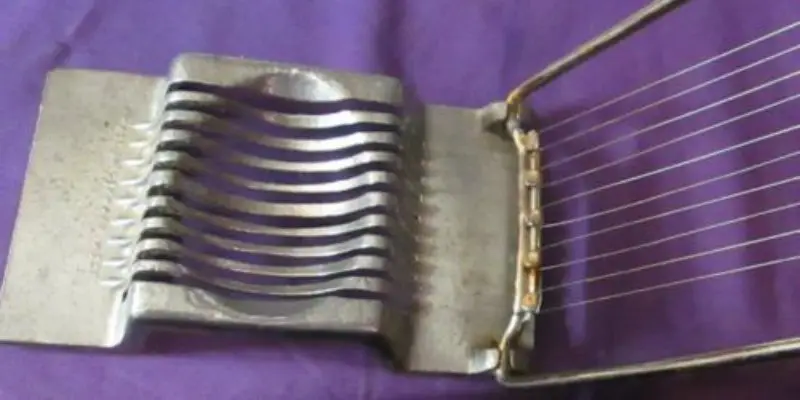
This old item may not be as common in kitchens today, but it’s still used by bakers. Can you guess what it is? If you said a flour sifter, you are correct! Running flour through a sifter helps aerate it, making it lighter and easier to mix. Perfect for making bread to go with your toasted slices!
Item 5: Installed by the Front Door
Boot Scraper
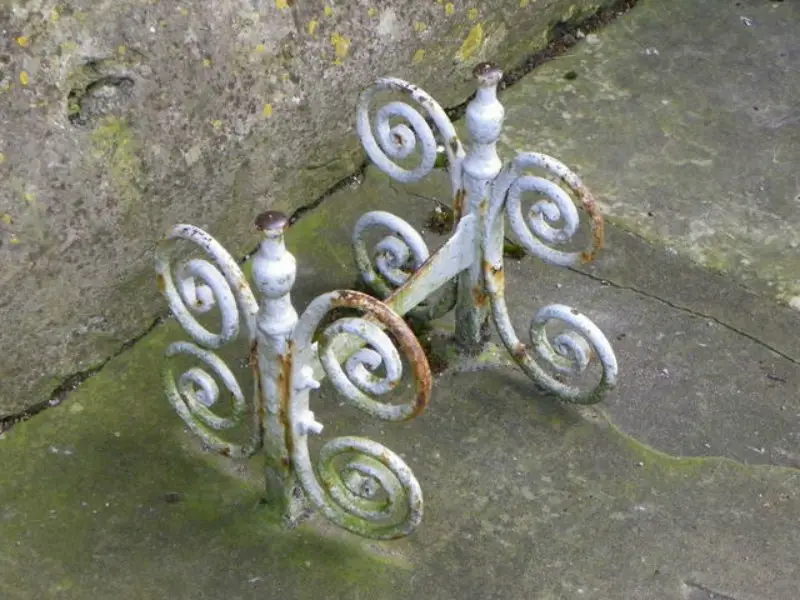
Take a look at this simple item. Can you guess its purpose? This is a boot scraper! It was used to scrape off the excess mud and dirt from the bottom of your shoes before entering a home. No one likes a messy floor!
Item 6: A Perfect Summer Treat
Ice Cream Maker
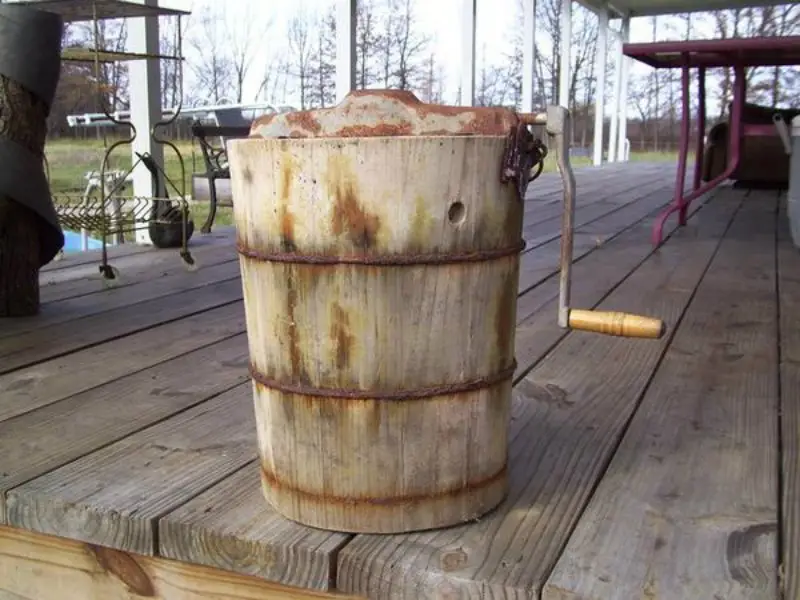
Last but not least, can you identify this item? If you guessed an ice cream maker, you are right on the money! This old-fashioned ice cream maker
Tips for Identifying Old Items:
- Research: Use the internet or books to research similar items from the past.
- Ask Experts: Seek advice from antique collectors or historians who specialize in specific eras or objects.
- Examine Details: Pay attention to unique features, materials, and craftsmanship.
- Compare and Contrast: Compare the item with modern equivalents to understand its function and purpose better.
Frequently Asked Questions (FAQs)
Q: How can I determine the age of an old item?
A: Look for manufacturer marks, serial numbers, or stylistic elements that can help date the item. Consulting experts or conducting thorough research can also provide valuable insights into its age.
Q: Are old items valuable?
A: It depends on various factors such as rarity, condition, historical significance, and demand among collectors. Some old items can fetch high prices, while others may hold more sentimental value than monetary worth.
Q: Where can I find old items?
A: You can find old items at antique shops, flea markets, estate sales, online auctions, and even in your own attic or basement. Keep an eye out for hidden treasures in unexpected places!

